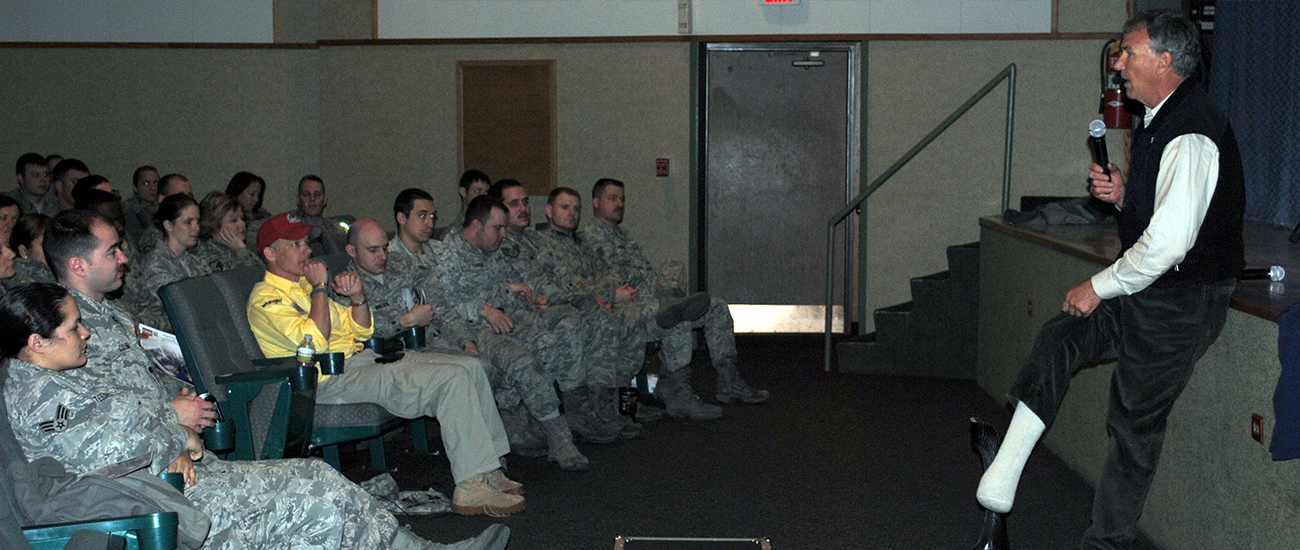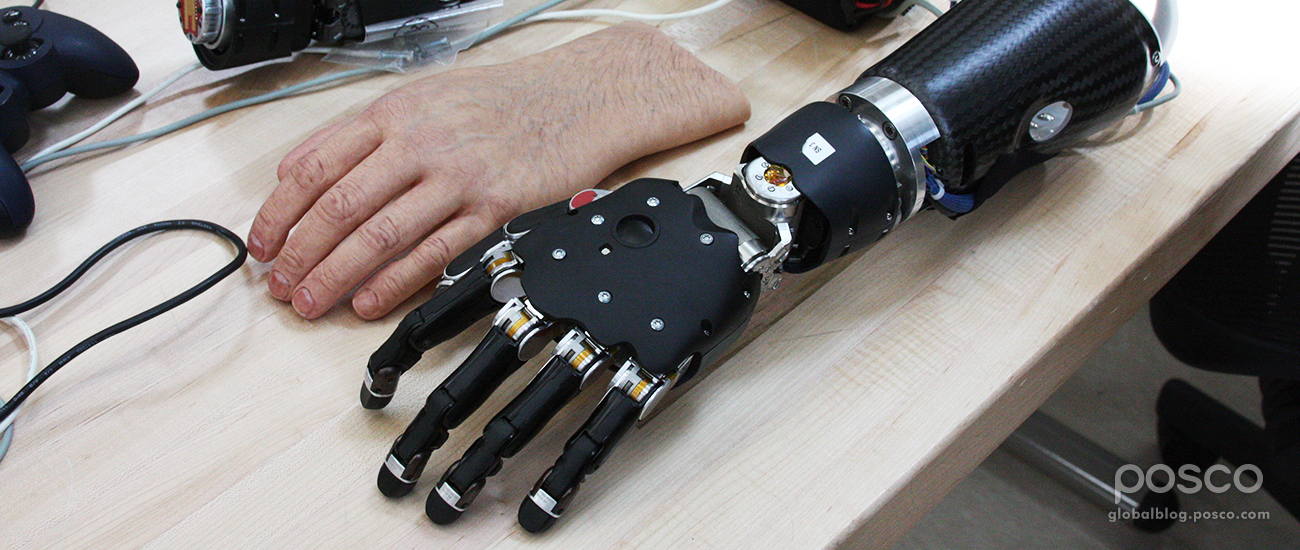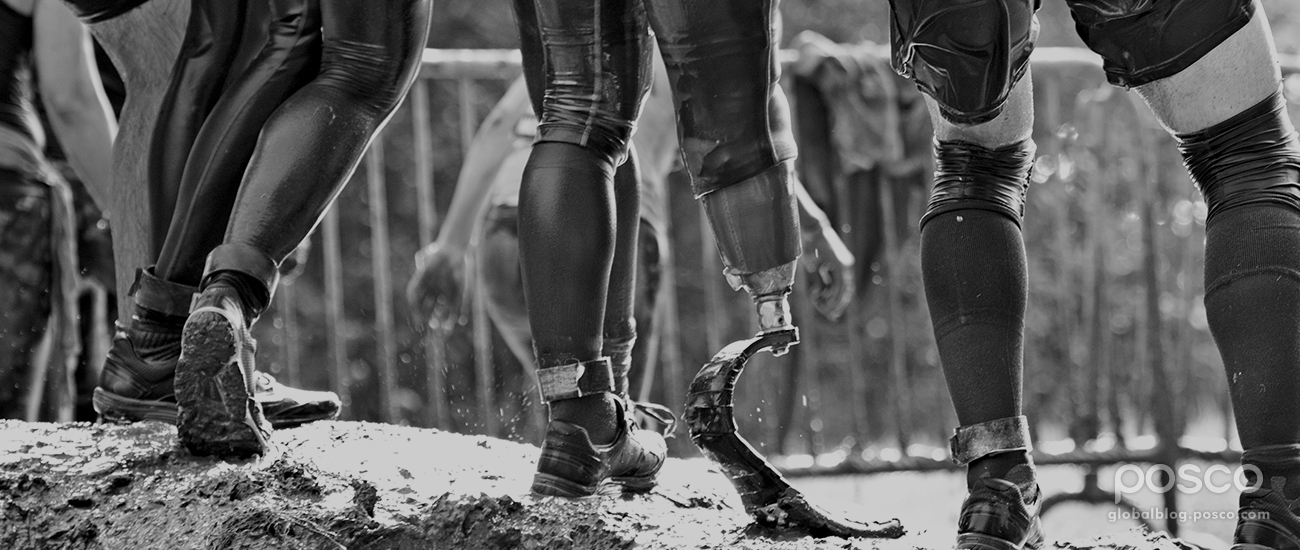Becoming a professional athlete is more difficult than most realize. You need to be strong, determined and disciplined to follow grueling daily training sessions and maintain a healthy diet. But for some athletes, it takes a lot more than this.
Athletes who have lost a limb, either through an accident or birth defect, often times adopt a new steel body part. For some, that means learning how to balance and walk all over again. It takes mental and physical strength, determination and willpower to beat adversity and overcome such difficulties. The hard work and resilience of amputee athletes can be transformed into dreams, thanks to the power of steel.
Inspirational Athletes

Following a serious car accident in 1979, Tom Whittaker’s right foot was amputated. Despite being fitted with a prosthetic foot, he refused to give up his love of mountain climbing and worked continuously to regain his strength. Two years after his accident, he founded the Cooperative Wilderness Handicapped Outdoor Group (C.W.HOG) in Pocatello, Idaho, where he remained active in the local climbing community.
In May 1998, on his third attempt, Whittaker lived out his lifelong dream of reaching the summit of Mt. Everest, making him the first person with a disability to accomplish the feat. Through continued training, his prosthetic foot has become an advantage to climbing rather than a disadvantage, and he remains on his quest to climb the highest peaks on all seven continents.
Another inspirational Paralympian is Aimee Mullins. She was born with Fibular Hemimelia, a birth defect that left her without either calf bone. Mullins had both of her legs amputated below the knee on her first birthday and she learned to walk with prosthetic legs by the time she was two. She competed at the national and international levels as a champion sprinter, and set world records at the 1996 Paralympics in Atlanta. She now works as a model, actress and advocate for the future of prosthetics.
Some people call Mullins and people like her disabled, but she doesn’t think of herself in that way. She describes herself as “super bodied” thanks to the variety of prosthetic legs that she can choose to wear depending on what she wants to do on any given day.
When Kelly Cartwright was 15, doctors discovered cancer in her leg. Unable to undergo chemotherapy, she had no choice but to have her leg amputated. This life-changing event, however, didn’t stop Cartwright from pursuing her dreams. In 2008, she competed at her first Paralympic Games in Beijing and finished sixth in the 100 meter sprint. Four years later, at the London 2012 Paralympics, she won two medals—gold in the long jump and silver in the 100 meter sprint.
Making Prosthetic Limbs
Amputee athletes are revolutionizing prosthetics by turning their limbs into sport-specific power tools. From hands shaped like ice axes to blade runners for feet, these prostheses are smarter, lighter and stronger than ever before.

The typical prosthetic device consists of a custom fitted socket and a pylon, the internal frame or skeleton of the prosthetic limb. The pylon must provide structural support and has traditionally been formed with metal rods. A variety of other components, such as knees and rotators, are made with aluminum, stainless steel and titanium.
Steel is strong, but it is also heavy, so nowadays steel is primarily used to create small components that rely more on the strength of the material than the geometry of the design. By using a variety of materials, it’s possible to design prosthetics to fit the individual need of each amputee.

Thanks to the development of steel and the transformation of related technology, amputees have been granted limitless opportunities and with that, these talented, hard-working and determined athletes are changing the world’s perception of what’s possible.
